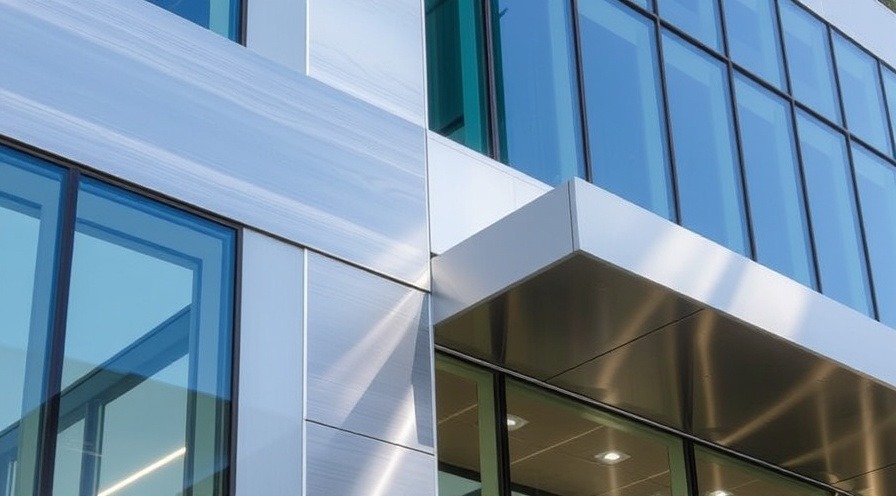
Understanding the FGIA Updates: Enhancing Aluminum Longevity
The recently updated guide by the Fabricators and Manufacturers Association (FGIA) addresses the critical processes involved in the cleaning and maintenance of architecturally finished aluminum. This is particularly relevant for architects, builders, and property managers who routinely specify or maintain aluminum materials in various applications—ranging from residential home exteriors to large commercial installations.
Why Caring for Architecturally Finished Aluminum Matters
The aesthetic appeal of architecturally finished aluminum can significantly impact property value. Its resistance to corrosion and its ability to maintain a polished appearance rely heavily on proper maintenance practices outlined by the FGIA. Regular cleaning prevents the degradation of finishes caused by environmental contaminants, which can lead to costly repairs or replacements if neglected.
Key Maintenance Practices You Should Know
FGIA's updated guide emphasizes several recommended maintenance practices, including:
Routine Cleaning: Employing mild detergents with soft cloths to avoid scratching surfaces.
Avoiding Harsh Chemicals: It warns against using abrasive cleaners that could damage the anodized finish.
Inspecting for Damage: Regular inspections can help identify wear and tear before they escalate into severe issues.
Future Trends in Aluminum Finishing
As technology progresses, the future of architecturally finished aluminum looks promising. Innovations in coatings are making surfaces more resistant to scratches and staining, which can improve their longevity and performance. FGIA's continued focus on best practices and maintenance guidelines ensures that property owners can maximize their investments in architectural aluminum.
Return on Investment and Value Optimization
Investing in proper maintenance and cleaning techniques as prescribed by FGIA can lead to a significant return on investment (ROI). Properties that maintain their aluminum finish not only enjoy enhanced curb appeal but can also command higher market values. These guidelines serve as a roadmap for property owners who prioritize quality and durability in their building materials.
 Add Row
Add Row  Add
Add 

 Add Row
Add Row  Add Element
Add Element 




Write A Comment